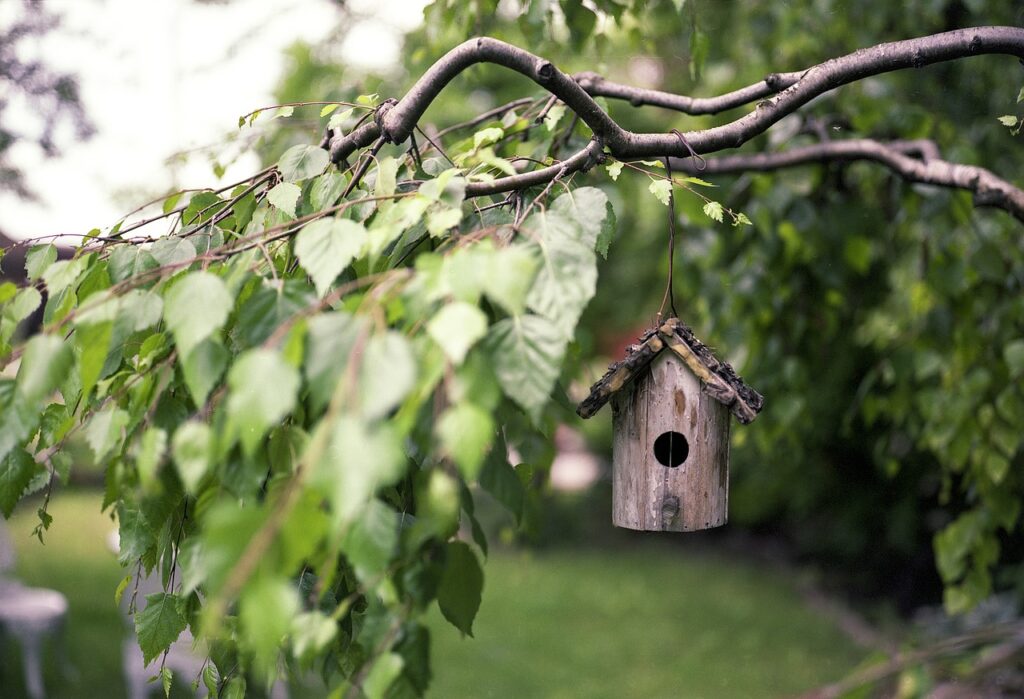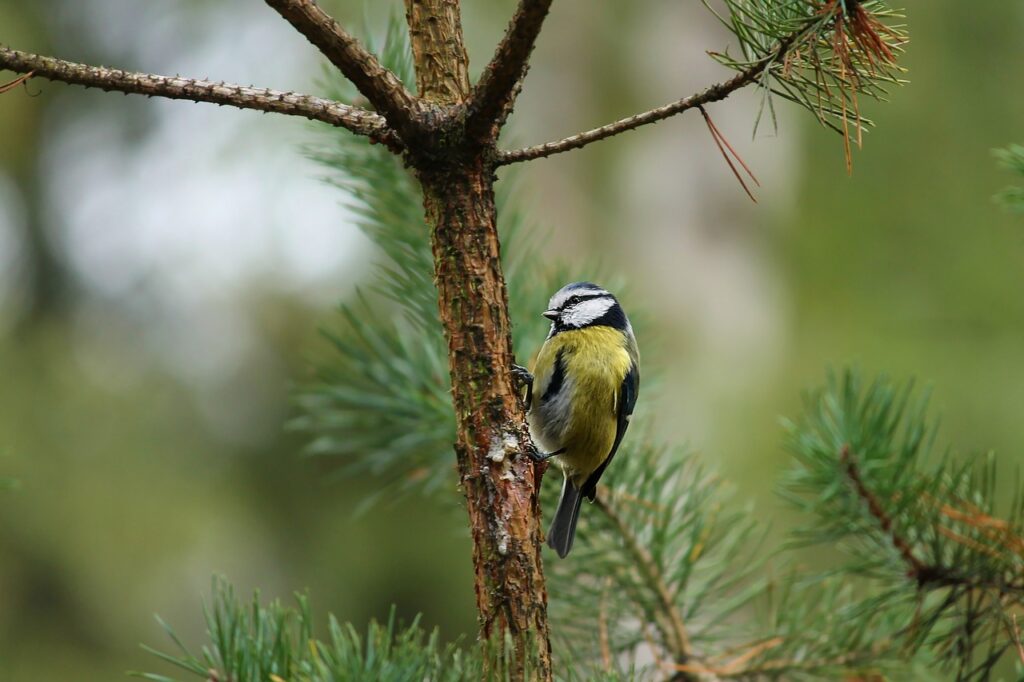Creating a bird-friendly garden not only brings beauty and life to your outdoor space but also supports local wildlife. Here’s a comprehensive guide to transforming your garden into a haven for birds.

Choosing the Right Plants
The foundation of a bird-friendly garden lies in selecting the right plants. Native plants are the best choice as they provide natural food sources and habitats for local bird species. Here are some tips on choosing the right plants:
- Berry-Producing Shrubs: Plants like holly, elderberry, and serviceberry provide berries that many birds love.
- Nectar-Rich Flowers: Flowers such as honeysuckle, trumpet vine, and bee balm attract hummingbirds.
- Seed-Bearing Plants: Sunflowers, coneflowers, and grasses like millet produce seeds that birds can feed on.
Providing Water Sources
Birds need water for drinking and bathing. Adding a water feature to your garden can attract a wide variety of birds. Consider these options:
- Birdbaths: Simple and effective, birdbaths should be shallow with a gentle slope. Place them in a safe location, away from predators.
- Ponds: A small pond with shallow edges can be a fantastic water source. Ensure it has plants and rocks for birds to perch on.
- Misters or Drippers: These create moving water which can attract birds that are not typically drawn to still water.
Offering Food
While natural food sources are ideal, supplemental feeding can help attract more birds, especially in winter. Here’s how to provide food for birds:
- Feeders: Use a variety of feeders, including tube feeders for seeds, suet feeders for insect-eating birds, and nectar feeders for hummingbirds.
- Feed Types: Black oil sunflower seeds, suet, peanuts, and nyjer seeds are favorites among many bird species.
- Feeding Stations: Place feeders in safe locations, ideally near shrubs or trees, which provide cover from predators.
Creating Shelter
Birds need safe places to rest and nest. Incorporate different types of shelter in your garden:
- Trees and Shrubs: Dense foliage provides excellent cover. Evergreen trees and shrubs are particularly valuable as they offer year-round protection.
- Nest Boxes: Install birdhouses to provide nesting sites. Ensure they are the appropriate size and placed in suitable locations for the species you wish to attract.
- Brush Piles: Pile up branches and leaves in a corner of your garden to create a natural shelter.
Maintaining a Bird-Friendly Environment
Keeping your garden safe and welcoming for birds requires ongoing care. Here are some maintenance tips:
- Avoid Pesticides: Chemicals can harm birds directly or reduce their food sources. Opt for organic gardening methods.
- Clean Feeders and Baths: Regularly clean bird feeders and birdbaths to prevent the spread of disease.
- Protect from Predators: Use baffles on feeders to deter cats and squirrels. Position birdbaths and feeders away from places where predators can hide.

Additional Tips
- Bird-Friendly Landscaping: Include different layers of vegetation, from ground cover to canopy, to provide diverse habitats.
- Provide Nesting Materials: Offer natural materials like twigs, grass clippings, and feathers for birds to build their nests.
- Create a Quiet Zone: Birds appreciate quiet areas where they can feed and rest without disturbance.
Conclusion
Making your garden bird-friendly is a rewarding endeavor that brings nature closer to home. By providing the right plants, food, water, and shelter, you can create a thriving sanctuary for birds. Enjoy the beauty and serenity that these feathered friends bring to your garden.